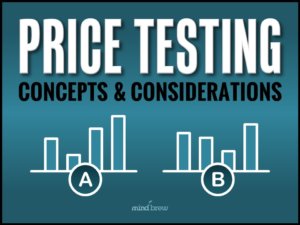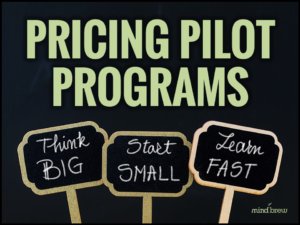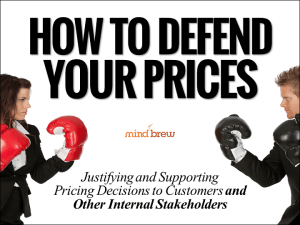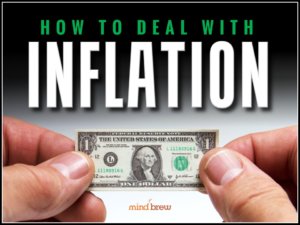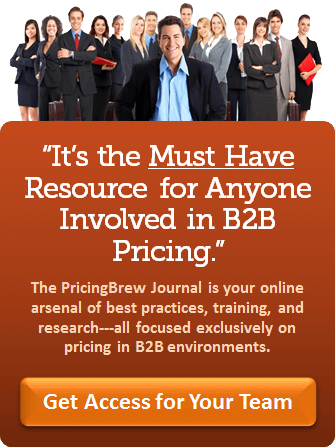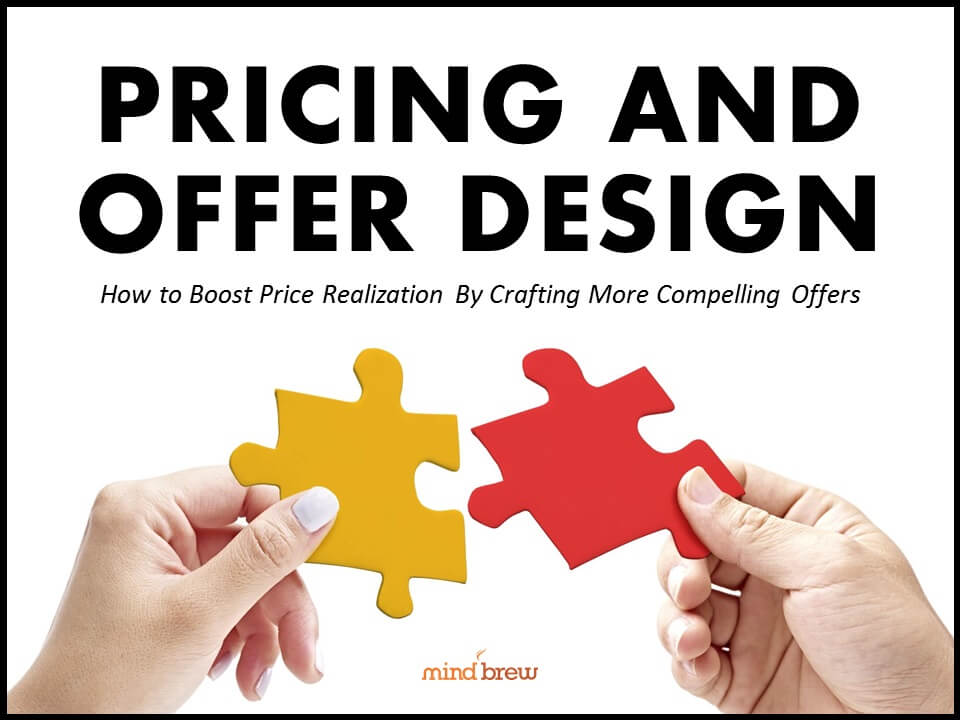Amazon founder and executive chairman Jeff Bezos says that there are two types of decisions. The first type he calls “one-way doors.” These decisions are almost impossible to reverse. Like jumping out of a plane. Getting a black-out tattoo. Eating the entire chocolate cake. Having a baby. Once you commit, it’s really hard, if not impossible, to change your mind.
But most decisions are more like two-way doors. If things don’t work out you can easily go back to the way things were. Like getting a new hair color. Trying a new exercise routine. Picking up a new hobby. If you don’t like it, you don’t have to stick with it.
Bezos says that many companies mistake the second type of decision for the first type. They spend hours, days, weeks, or even months considering the ramifications of proposals that they could easily undo if necessary. As a result, they find themselves in decision paralysis.
That has huge consequences for their organizations. They become less agile. Less innovative. They fall behind the competition and fail to delight their customers. Bezos explains,
“Most large organizations embrace the idea of invention, but are not willing to suffer the string of failed experiments necessary to get there.”
Fortunately, most pricing decisions are two-way doors.
If a particular pricing strategy or segmentation model doesn’t work out, you can easily revert back to the old one. The most successful pricing teams regularly experiment with new ideas, casting aside approaches that don’t work and further refining the ones that do.
But to people outside of pricing, every price decision can feel fraught with consequences. They can get caught up in hand-wringing about what will happen if customers balk at a particular price.
Overcoming decision paralysis
If you find yourself in a situation where other groups oppose proposed pricing innovations, we have a suggestion that almost always works:
Price testing and pilot programs.
If you can’t get people to agree to wide-scale pricing change, suggest trying it out on a smaller scale. This minimizes the potential downsides and removes any illusion that a decision might be a “one-way door.”
If this concept intrigues you, we have a couple of webinars you should watch. Leveraging Price Testing lays out the pros and cons of five different approaches to B2B price testomg. It also explains how to figure out which approach will be best for you, and it highlights some common mistakes you’ll want to avoid.
Pricing Pilot Programs offers advice on how to set up an in-market trial. In addition, it covers strategies for pitching the program internally and effective approaches for expanding pilots when they succeed.
Experimenting and making mistakes are essential to growth and learning. That’s as true in pricing as it is in other parts of business — and life.
In conclusion, we’ll leave you with one other Jeff Bezos quote that we think is highly applicable to pricing:
“If you only do things where you know the answer in advance, your company goes away.”

